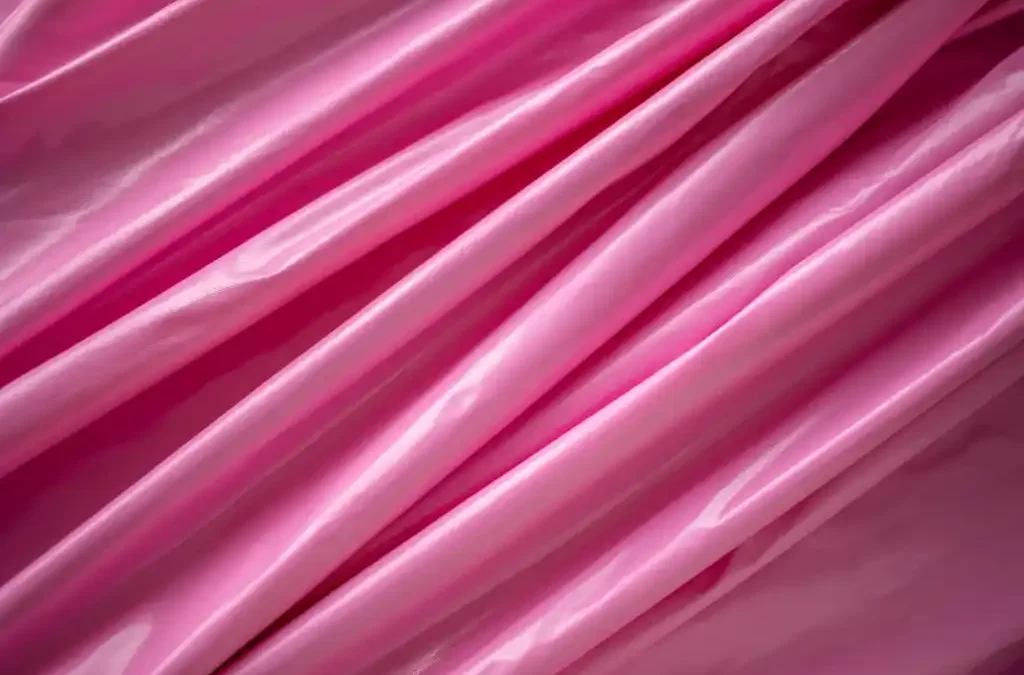When I think of writing, I think of a recipe. I know some writers are loathe to think of a formula for a book, but for me – scientist, plotter, chart maker extraordinaire – I hope that by following even a basic recipe I will produce a good product. The recipe is pretty simple: Characters + Conflict + Romance = Sparkle. But there’s enough pantser in me, and enough of my paternal grandmother who never met a recipe she couldn’t improve with a little improvisation, that I also know a recipe is just a place to begin.
To overcome the anal side of my character and bring her to terms with the creative side, I write in layers. It’s like mixing my wet ingredients and my dry ingredients in separate bowls then combining judiciously until smooth.
The Dry Ingredients
The dry ingredients are things that are not going to change significantly in the story, or at least not according to my well-laid-out-but-always-up-for-negotiation inner voice. “This is a romantic suspense about a skeptical cop and a disgraced psychic investigating a murder.” The dry ingredients are your high level plot points and for me, are things I know in advance of writing the first word.
I know my characters first, and their basic GMC. Something new I’m working on is called Lessons Learned (coming soon to a blog near you). It’s not just the details of their GMC, but what they need to learn in order to move from their beginning GMC to the ending GMC where they each find a HEA ending. This helps me guide later layers in building the arc of the story and the characters.
From there I start with the rough draft, typing furiously as long as the muse allows and carve out the basic actions needed to get my story going. I’m not worried about eye color or what kind of car they drive, whose POV I’m in or even if something is logical in their world. I can figure out that stuff later. This is bare bones, Point A to Point B. Of course, there are sprinkles of the other layers in here. It can’t be helped and when inspiration hits, I won’t push it aside but what I want to avoid is being lost in the detail.
I tend to be a narrative heavy writer, so I then go in and covert narrative to dialogue where possible. This is especially good for those long passages of backstory, where I can make them active rather than passive.
The Wet Ingredients
Now that I have the dry ingredients measured and sifted, I move on to the wet. I call these the wet ingredients because to me they are more fluid. As much as I want to tell you that I know everything that happens in a book before I put the words on the paper, I think you know me well enough to know that’s a joke. Because even a well-planned book can change, I use these wet ingredients to fine tune the story and characters as needed. If my character started off the book wanting to redeem her reputation but figures out she’d rather be useful even if the world doesn’t know it, I can tweak the story where needed so it’s a logical progression.
One of the toughest things for me to do as a writer is delete words. ACK! These are my babies! I’ve poked my fingers with daggers to bleed each word! But alas, the dreaded backstory purge is a necessary evil. Even though one of my earlier layers involves converting narrative to dialogue, I still find I have long passages of backstory hiding throughout the book. So off it goes until I’m left with little golden nuggets of backstory. If I’ve done my job then my character’s backstory is explained through dialogue and action rather than narrative.
And now that I’ve deleted all sorts of words, I get to add again using the narrative to make sure the actions are supported by the internalization of my characters’ voices. This is the inner dialogue of my character but it can’t be long drawn out paragraphs. These are brief glimpses into the mind meant to drive home a point shown through dialogue and action.
Finally, all those little details I avoided in the rough draft? Here they come. I track body movements (especially important during sex scenes), character descriptions, secondary characters, sensory input, subtext, setting, POV, attitudes, mannerisms, etc. Anything that adds texture to the story.
My last layer, the final edit, is the smoothing out process. Everything should be mixed at this point but to check I will write down the highlights from each scene to include setting , GMC of the character and scene, conflict introduced or resolved and a what’s next summary. This let’s me know if the story tracks on paper as I think it does in my head.
I wish I were the advanced kind of writer that could do all of this simultaneously but I’m not (yet). Maybe I never will be and that’s ok. It’s the destination (completed story) not the journey.
